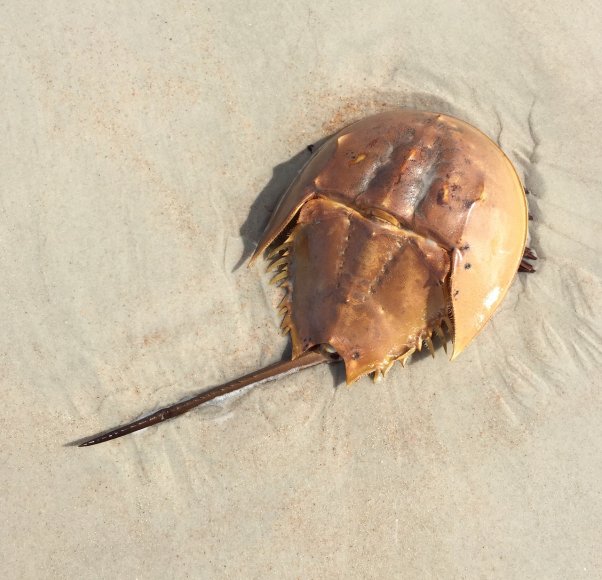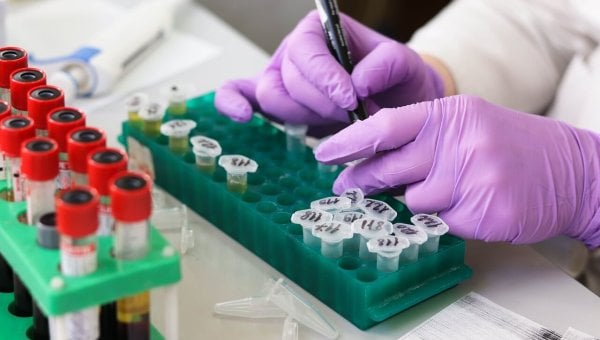Published by .
3 min read
For years, PETA scientists have encouraged the U.S. Food and Drug Administration (FDA) to accept non-animal methods for pyrogen testing instead of using blood “harvested” from horseshoe crabs, and the latest progress moves us closer to that goal! The U.S. Pharmacopeia (USP), an organization that publishes information about how companies can test drugs to meet regulatory requirements, formally announced a testing protocol for using a non-animal method to test for pyrogens instead of horseshoe crab blood.
What Are Pyrogens?
Before many medical products can be sold, manufacturers must show that they’re free from substances that can cause a fever. Because the human immune system is so sensitive to these fever-causing substances, also called “pyrogens,” they pose a serious health hazard if injected or implanted into our bodies. Fortunately, there are modern ways to measure pyrogens in medicines without using animals at all.
Despite this, many companies still rely on old-fashioned pyrogen tests that use animals because there isn’t a clear path for using non-animal methods to meet FDA testing requirements. In one version, rabbits are injected with drugs or other substances and restrained while their temperature is taken rectally—for hours at a time—before being killed or used in other tests. In another version, horseshoe crabs are captured, drained of some of their blood, and—if they survive the procedure—returned to the sea. This half-billion-year-old species has been threatened by potential extinction due to these tests.
Non-Animal Methods
Now, the USP has lent its support to one of the modern, animal-free tests. This non-animal test uses a synthetic version of “factor C,” the active ingredient in horseshoe crab blood that detects pyrogens. This animal-free “recombinant factor C” can be made in the laboratory without harming a single animal, and it works just like the horseshoe crab test.

The USP gives visibility and credibility to non-animal test methods. As an independent scientific organization, the USP’s recommendations influence the FDA’s guidelines for testing drugs. In 2017, the USP first announced that companies could use animal-free replacements for animal-based pyrogen tests. At the time, PETA scientists encouraged the USP to take additional steps to ensure that regulators like the FDA understand how to interpret data from the non-animal test. This latest protocol helps solidify non-animal methods for testing drugs by offering a standardized approach that’s intended to make them more acceptable to the FDA and other regulators around the world. The USP’s endorsement of animal-replacing tests gives companies the confidence to use them as a replacement for animal tests that they may have been using for decades.
Our long-standing efforts to end the use of animals in pyrogen testing will continue until all animal tests are replaced with reliable and relevant non-animal methods.
Please urge the FDA to get on board with accepting non-animal tests.
Despite the agency’s repeated public claims that it supports modern test methods relevant to human health, it’s still forcing companies to test sunscreen products on animals and refusing to allow the use of non-animal testing approaches instead.

